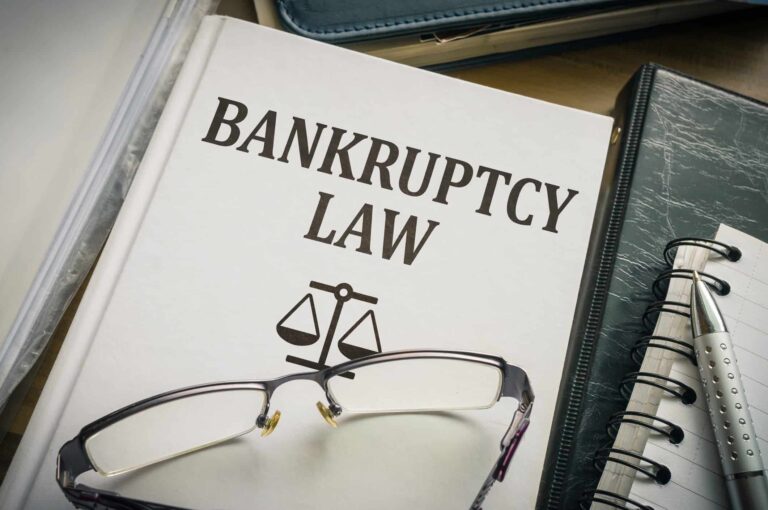Demystifying Chapter 13 Bankruptcy: Your Ultimate Guide
Chapter 13 bankruptcy is one legal option for individuals to handle their overwhelming debt. While some types of bankruptcy eliminate debt, the goal of Chapter 13 is to restructure your debt into a more manageable situation.
How Chapter 13 Bankruptcy Works
To file Chapter 13, you need to file a petition with a bankruptcy court and a proposal for how to repay your debts over time. While not required, it’s recommended to work with a bankruptcy attorney because their knowledge of the process will make you more likely to see success.
Why File Chapter 13?
Chapter 13 bankruptcy isn’t the right move for everyone, but it may be right for you. Here are some reasons why Chapter 13 would be chosen:
- You may be able to keep your home because Chapter 13 allows you to catch up on your mortgage if you’re behind, avoid foreclosure, and stay in the house.
- Any co-signers on your debts may not be held responsible for late payments, keeping creditors from going after them and hurting their credit.
- You can sell your property.
- If you have a sole proprietorship, you can keep your business running if it produces enough income to help you make your debt payments.
- Your debt gets frozen on the day you file Chapter 13, meaning they no longer accrue interest and late charges. This allows your payments to go straight to your existing debt amount.
Who Qualifies for Chapter 13?
To qualify for filing Chapter 13, you need to have monthly debt payments that are too much for you to handle, but you have a job or a regular source of income. Typically, those filing Chapter 13 also want to keep certain assets instead of starting entirely over. Many people who file have maxed out credit cards and are having trouble paying for necessities because of the payments required on their debts.
If you have debt totaling less than $2.75 million, aren’t behind on taxes, and haven’t filed Chapter 13 in the last two years or Chapter 7 in the previous four, you may qualify.
Steps for Filing Chapter 13
Follow the steps below to file Chapter 13 bankruptcy properly:
- Meet with a bankruptcy attorney to see if Chapter 13 filing suits your situation.
- File your petition with your local bankruptcy court and the required fees and payment proposal.
- Meet your court-appointed trustee and allow them to review your case and organize your creditor meeting.
- Attend a confirmation hearing where the judge reviews your petition and decides if you have the proper means to follow through with your payment plan.
- Follow your repayment plan for three to five years, depending on your case.
Contact DeLuca & Associates
If you believe you can benefit from filing Chapter 13, contact DeLuca & Associates for a free consultation. Our team of expert attorneys will review your circumstances and walk you through every step of the filing journey to get you on the road to a financial restart.






